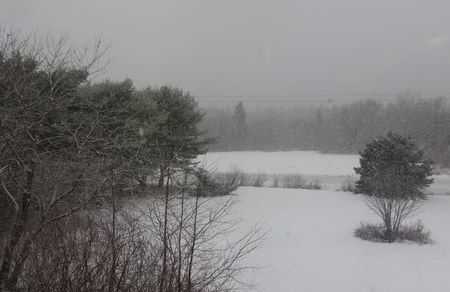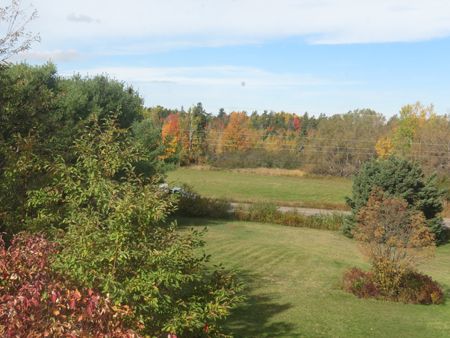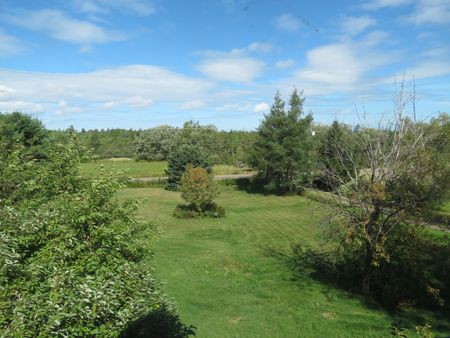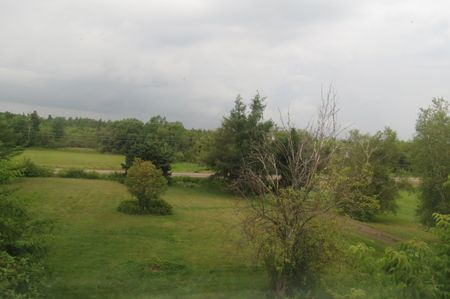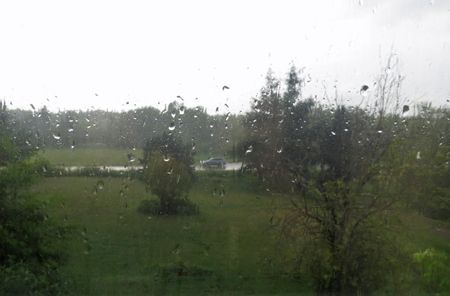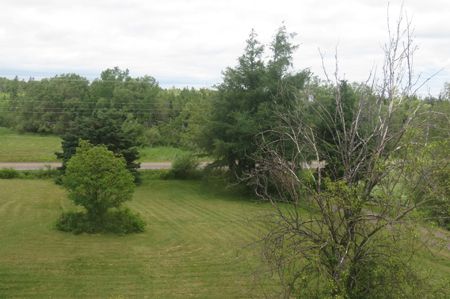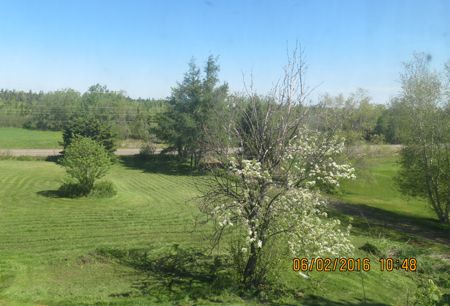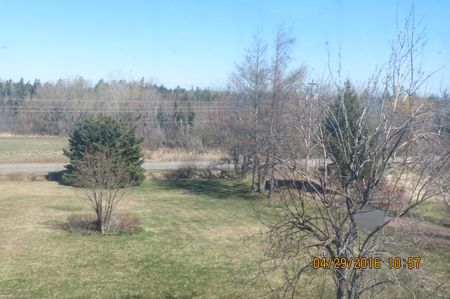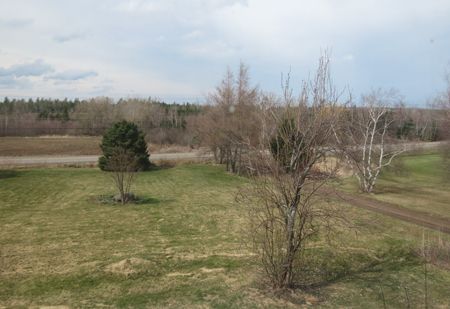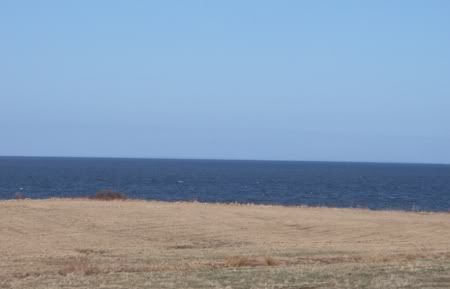August11
One of the percs of country living is being able to see the stars. Countless nights, we have arrived home and stood outside our vehicles, head back and jaws open in awe. In the city, such viewing was impossible and limited to annual vacations in the ‘north’, or visits to a friend of a friend’s country place. (That didn’t happen often.)
Tonight is one of the best nights to have a ring-side seat to the stars because, of course, it’s time for the annual Perseids meteor shower, the best of the year – here in North America anyway.
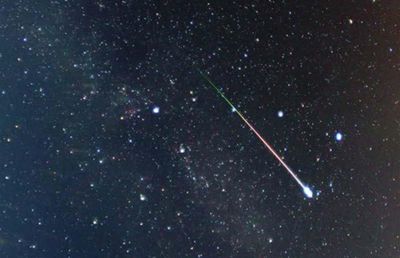
So, just what is a shooting star? My research tells me that comets orbit continuously throughout our solar system. As the earth passes through a comet’s orbit on its way around the sun, some of the debris from the comet falls to earth as meteors. A meteor is a solid chunk of ice or metal that heats up the same way a space shuttle does when it passes through Earth’s upper atmosphere. They attain entry speeds of 12 – 18 miles per second and get hot enough to begin to vaporize. The evaporating gas from the meteor emits light, making the glow we see “shooting” by as the meteor falls toward the earth.
Unfortunately for me, today is the first rainy day in two weeks here and there will likely be too many clouds to see any stars at all tonight. But if you’re some place where you can observe this year’s show, here’s some tips I’ve picked up from country star-gazing.
• Get comfortable. A reclining chair, chaise or blanket on the ground will provide the best view and prevent a sore neck.
• Sitting or standing still outdoors can be a chilling experience, even in the summer. Bring a jacket or sweater and perhaps some blankets. This is especially important if you are accompanied by children who will be stretching out on the grass to watch the meteor shower.
• In many areas, you’ll want to use insect repellent to keep away mosquitoes and other pesky critters.
• Ten to 20 minutes before going outside, turn off all the lights in the house to help your eyes become accustomed to the dark. Of course, all of your outside lights should be off. If you find a lot of light in your neighborhood, you might organize a shooting star party, encouraging everyone to turn all of their inside and outdoor lights off for the evening and join you in watching the sky.
• While you’re waiting for the shooting stars, take a look around at the rest of the night sky. Next to the sun and moon, the planet Venus is the brightest object in the sky in the Northern hemisphere. You’ll see appear it above the western horizon just after sunset and may recognize it as the poetically named “Evening Star.” Or find Polaris, the North Star, around which the whole northern hemisphere sky seems to revolve. 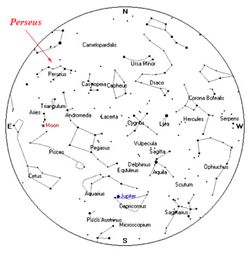
Check a star map for what planets, stars and constellations are currently “showing” in your area. The trick to using a star map is to read it while holding it over your head. Suddenly, the ‘north” at the top and the ‘west’ to the right make sense!
• To see the Perseid meteor shower, look high in the northeast sky in the direction of the constellation Perseus and let your eyes relax and wander. The later you stay out, the better your chances are of seeing lots of shooting stars. After midnight, the earth turns into the direction of the meteor shower and you will see more meteors from the leading edge of the earth.
If you can’t get out tonight, when the Perseids shower is at its peak, there should still be some activity in the sky tomorrow night as well – and there’s always next year!
Are you going out to look for shooting stars?
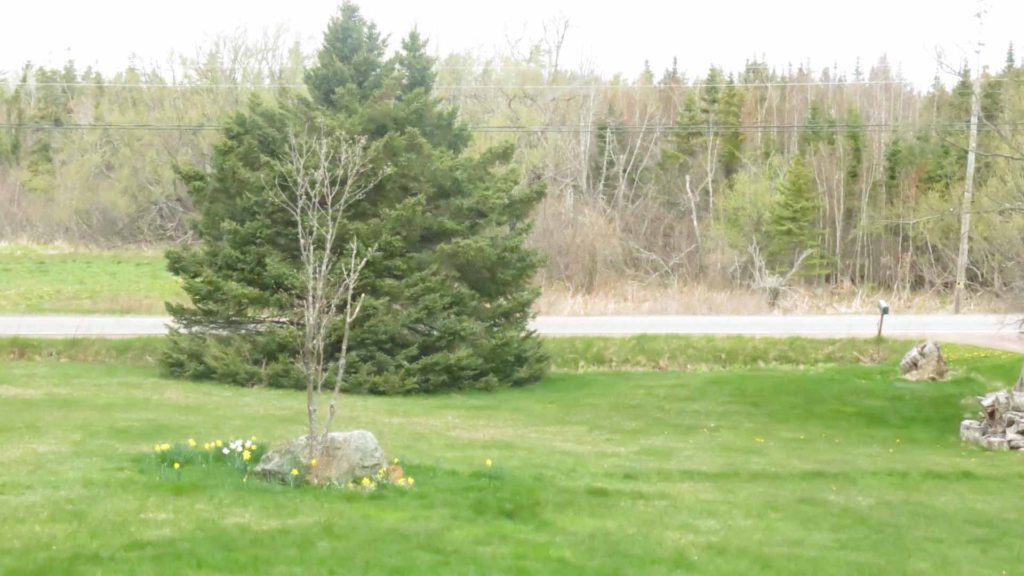
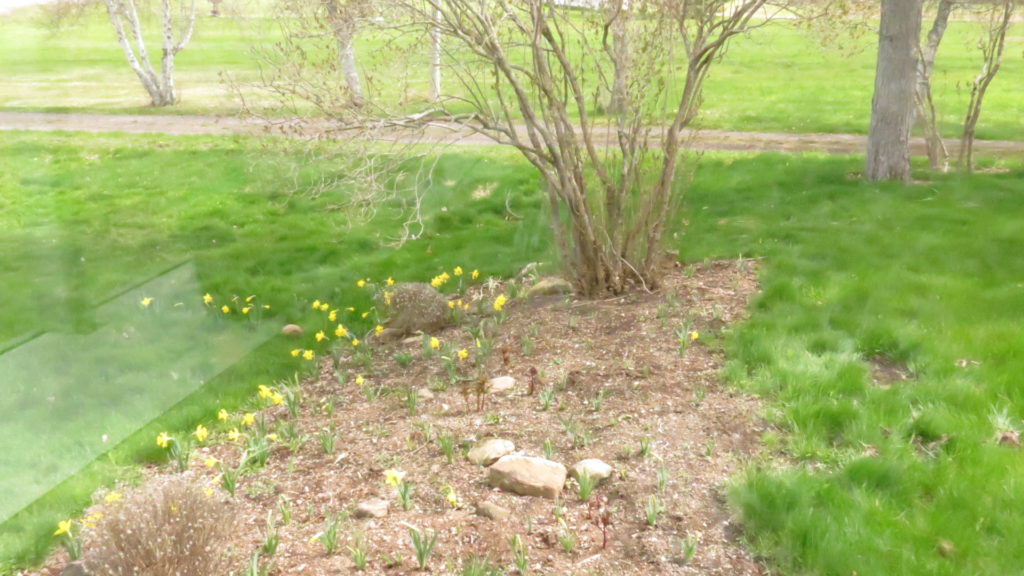

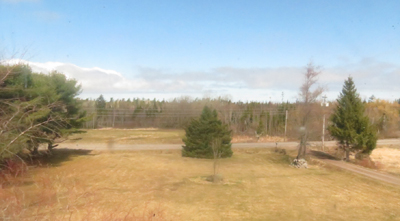

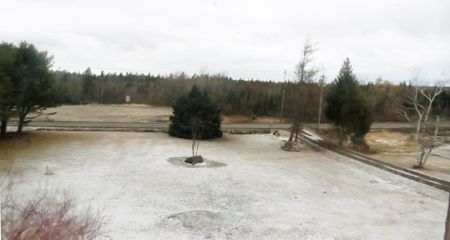
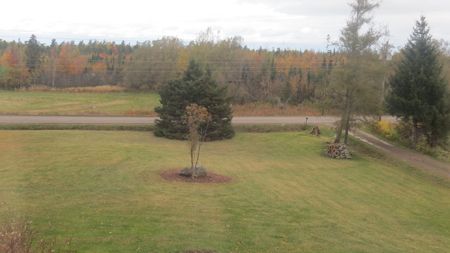
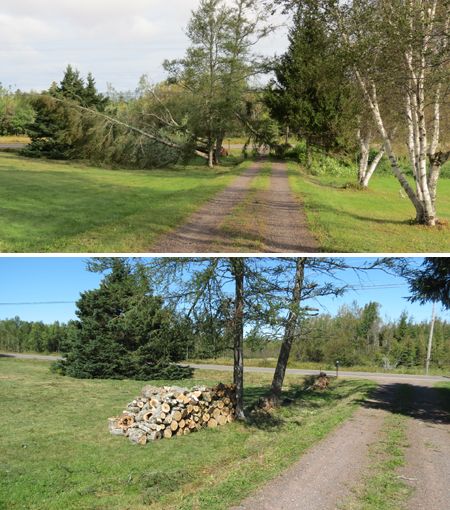
 Some of you may realize that before my break, I was using Exurbanis to list & describe all the books that I’ve read, as the years progressed. And you may also know that I was behind in monthly summaries – by about three years. In January of this year (2018) I posted my summary for January 2015 and determined to myself that I was going to be up to date by the end of the year. Instead, I stalled at October 2015, and am now a month further behind than I was in January.
Some of you may realize that before my break, I was using Exurbanis to list & describe all the books that I’ve read, as the years progressed. And you may also know that I was behind in monthly summaries – by about three years. In January of this year (2018) I posted my summary for January 2015 and determined to myself that I was going to be up to date by the end of the year. Instead, I stalled at October 2015, and am now a month further behind than I was in January. 
